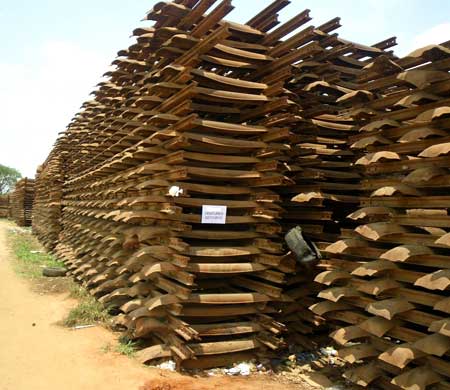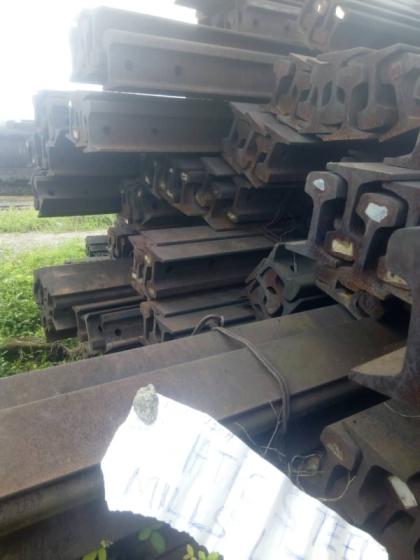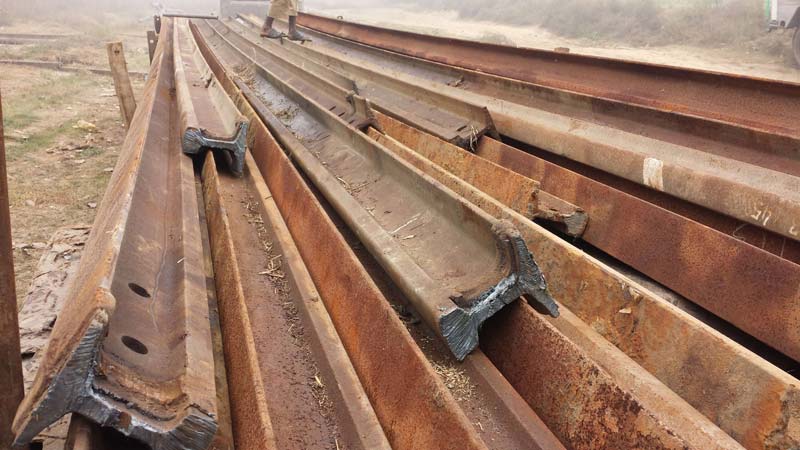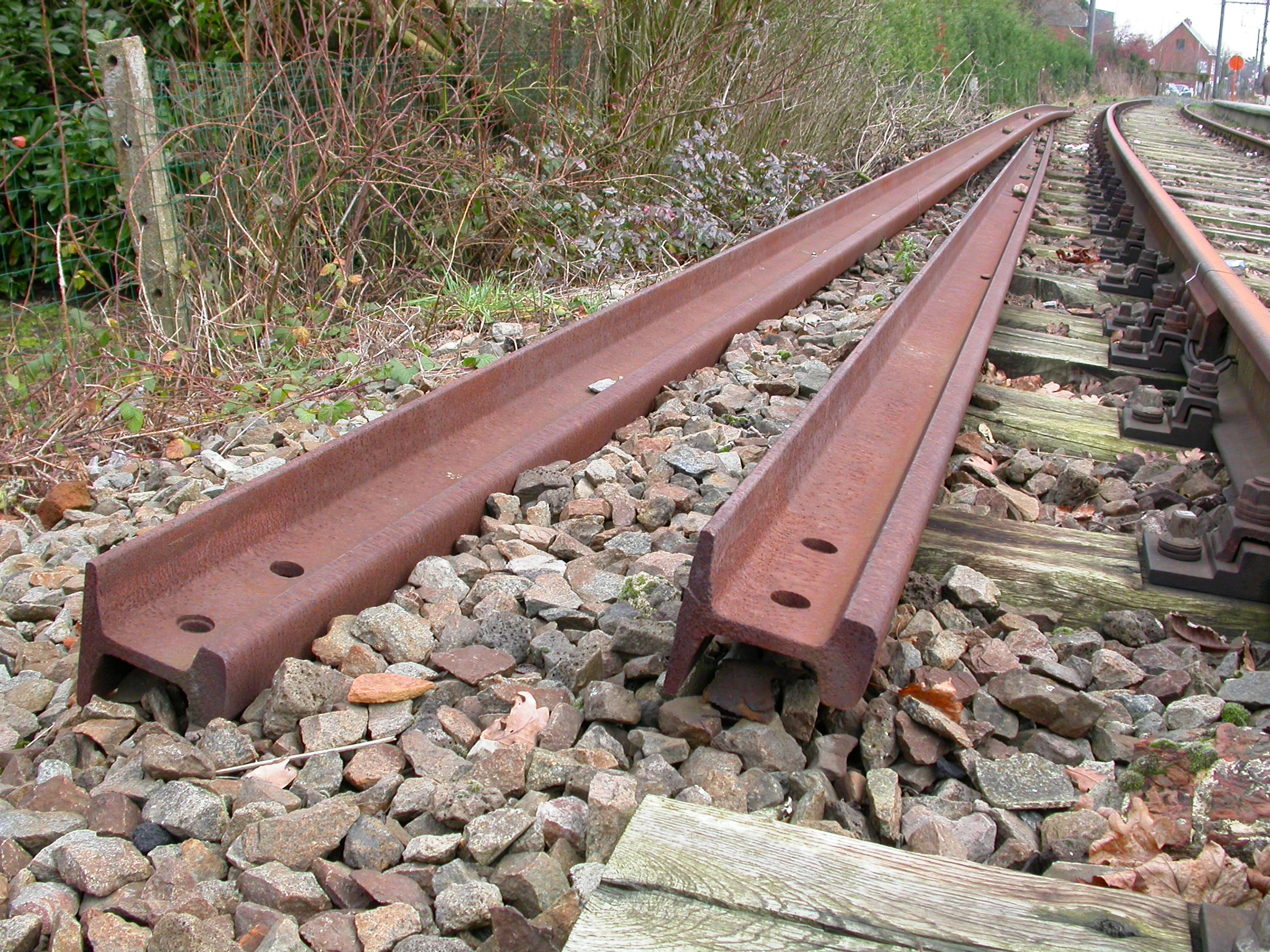

Source for Hungarian railway car dimensions: Randolph L.

It is not certain that the rail car on display in the Museum's Permanent Exhibition was used for the deportation of human beings, but it is typical of the type of rail car used in deportations from the German Reich.ĭimensions of the railway car on display: To give a sense of how the railway cars varied in size, we have provided the dimensions of the railway car on display along with the dimensions of the average freight car used for deportations in Hungary. The railway car on display in the Museum's Permanent Exhibition is of just one type used. There were many different kinds of railway cars used for deportations, varying in size and weight. Between the fall of 1941 and the fall of 1944, millions of people were transported by rail to the killing centers and other killing sites in German-occupied Poland and the occupied Soviet Union.ĭimensions of the Railway Car on Display at the United States Holocaust Memorial Museum Armed guards shot anyone trying to escape. Without food or water, many deportees died before the trains reached their destinations.

Aside from a bucket, there were no provisions for sanitary requirements. The people deported in sealed freight cars suffered from intense heat in summer, freezing temperatures in winter, and the stench of urine and excrement. They did not provide the deportees with food or water, even when the transports had to wait days on railroad spurs for other trains to pass. The Germans used both freight and passenger cars for the deportations. The RSHA coordinated and directed the deportations the Transport Ministry organized train schedules and the Foreign Office negotiated with German-allied states about handing over their Jews. The Germans attempted to disguise their deadly intentions, referring to these deportations as "resettlement to the east." The victims were told they were being taken to labor camps, but in reality, from 1942, deportation for most Jews meant transit to killing centers.ĭeportations on this scale required the coordination of numerous German government ministries and state organizations, including the Reich Security Main Office (RSHA), the Transport Ministry, and the Foreign Office. The European rail network played a crucial role in the implementation of the "Final Solution." Jews from Germany and German-occupied Europe were deported by rail to the killing centers in German-occupied Poland.

Nazi planners envisioned the inclusion of Jews living in neutral or non-occupied countries such as Ireland, Sweden, Turkey, and Great Britain. The Wannsee Conference was held on January 20, 1942, in Berlin, to coordinate the implementation of the proposed " Final Solution." At Wannsee, the SS estimated that the "Final Solution"-which was already under way-would ultimately involve 11 million European Jews.


 0 kommentar(er)
0 kommentar(er)
